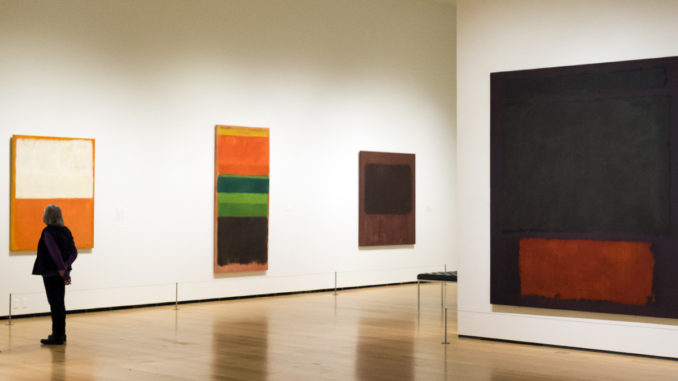Mark Rothko greatly admired children’s art, praising the freshness and authenticity of their works. He was well aware of children’s art as he worked as an art teacher at the Brooklyn Jewish Center for over 20 years.
For his students, Rothko was not an avant-garde visionary or a bright star of art. For them, he was a good friend.
“The friendliest, nicest, warmest person in the whole school,” his former student Martin Lukashok RECALLED.
In 1934, Rothko published an essay on “New training for future artists and art lovers,” which he hoped to continue by writing a book. Although the artist never completed the project, he left 49 sheets of notes detailing his progressive pedagogy. In today’s article, we present you 5 lessons from a talented master of the art.
Lesson 1: Show your students that art is a universal form of expression like speech or singing.
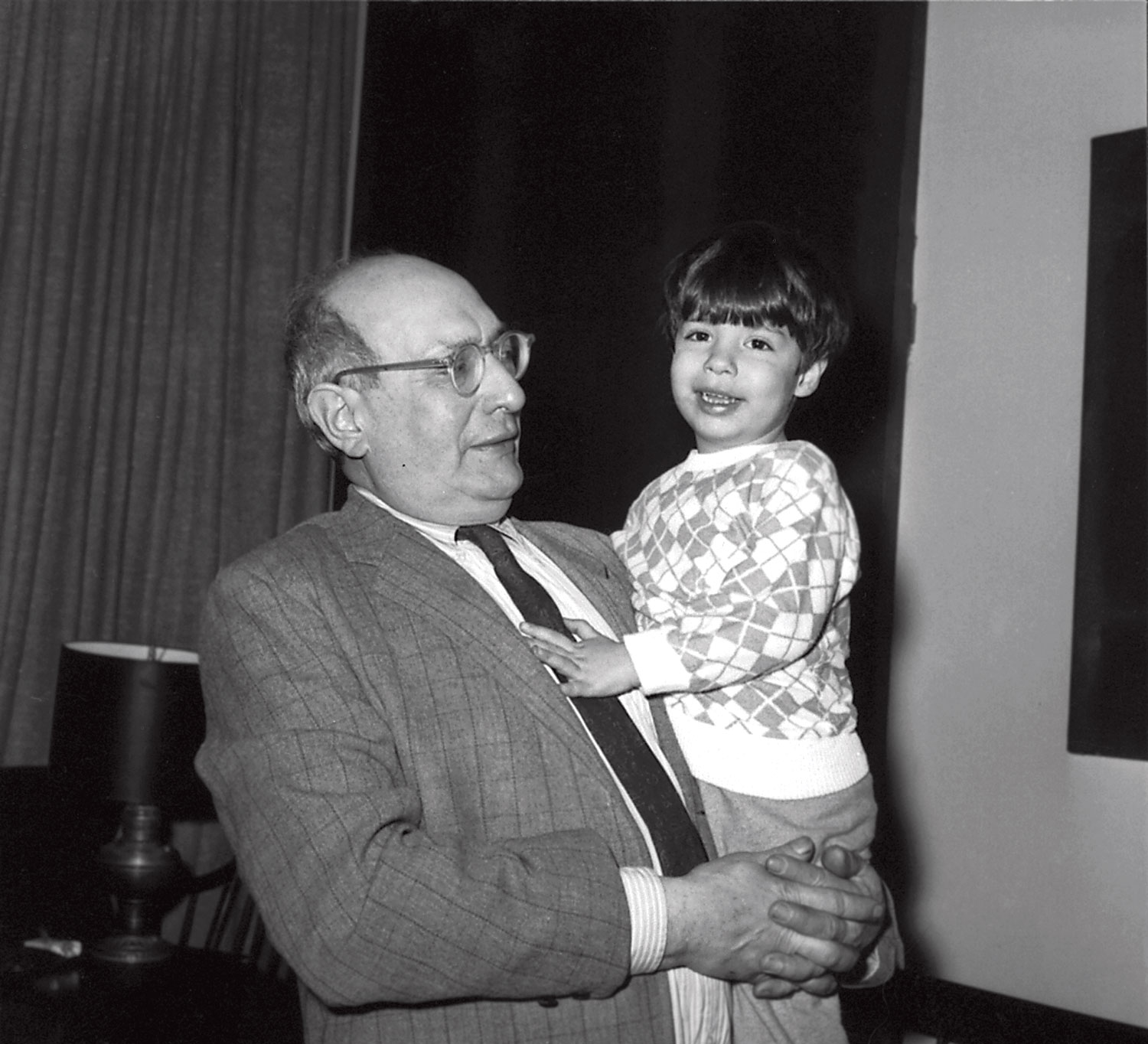
Rothko taught that everyone can create art, even those who have no innate talent or professional training. According to the artist, art is an integral part of the human experience. And just as children can quickly learn stories or songs, they can easily turn their observations and imagination into art. Just as, in his opinion, depriving a child of the ability to draw can be just as bad as delaying his ability to learn a language.
Lesson 2: Beware of suppressing your child’s creativity with academic training
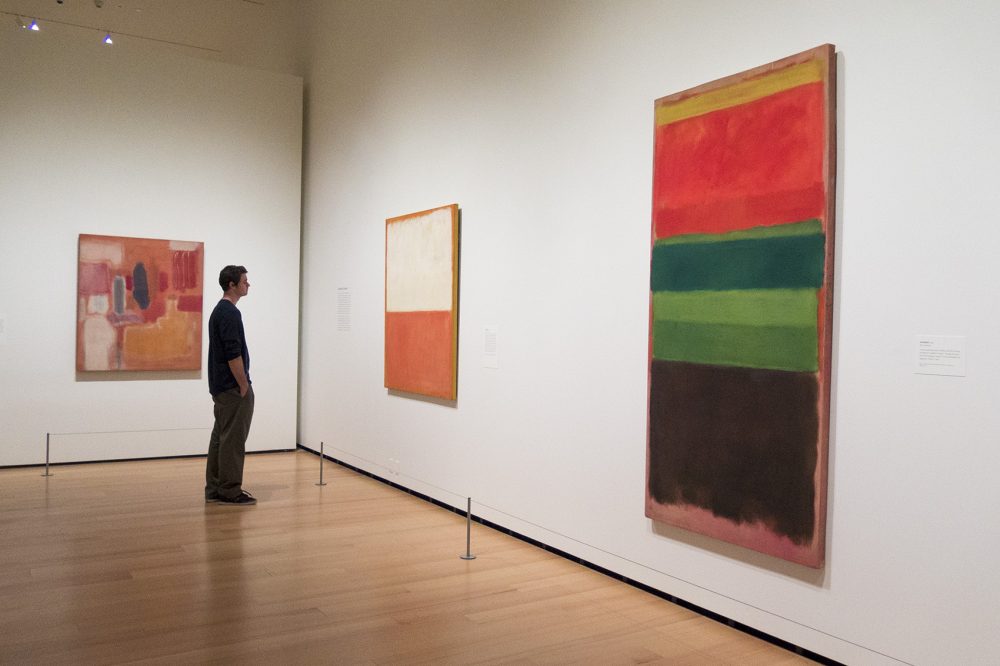
According to Rothko, children’s expression is fragile. When art teachers set strict parameters or emphasize technical perfection in certain projects, natural creativity can quickly become a match. To protect his students’ creative freedom, Rothko followed a simple method of teaching. When children entered his art room, all their work materials – from brushes to clay – were already ready for the young creators to choose and use in their works.
Lesson 3: Organize exhibitions of your students’ work to encourage their self-confidence
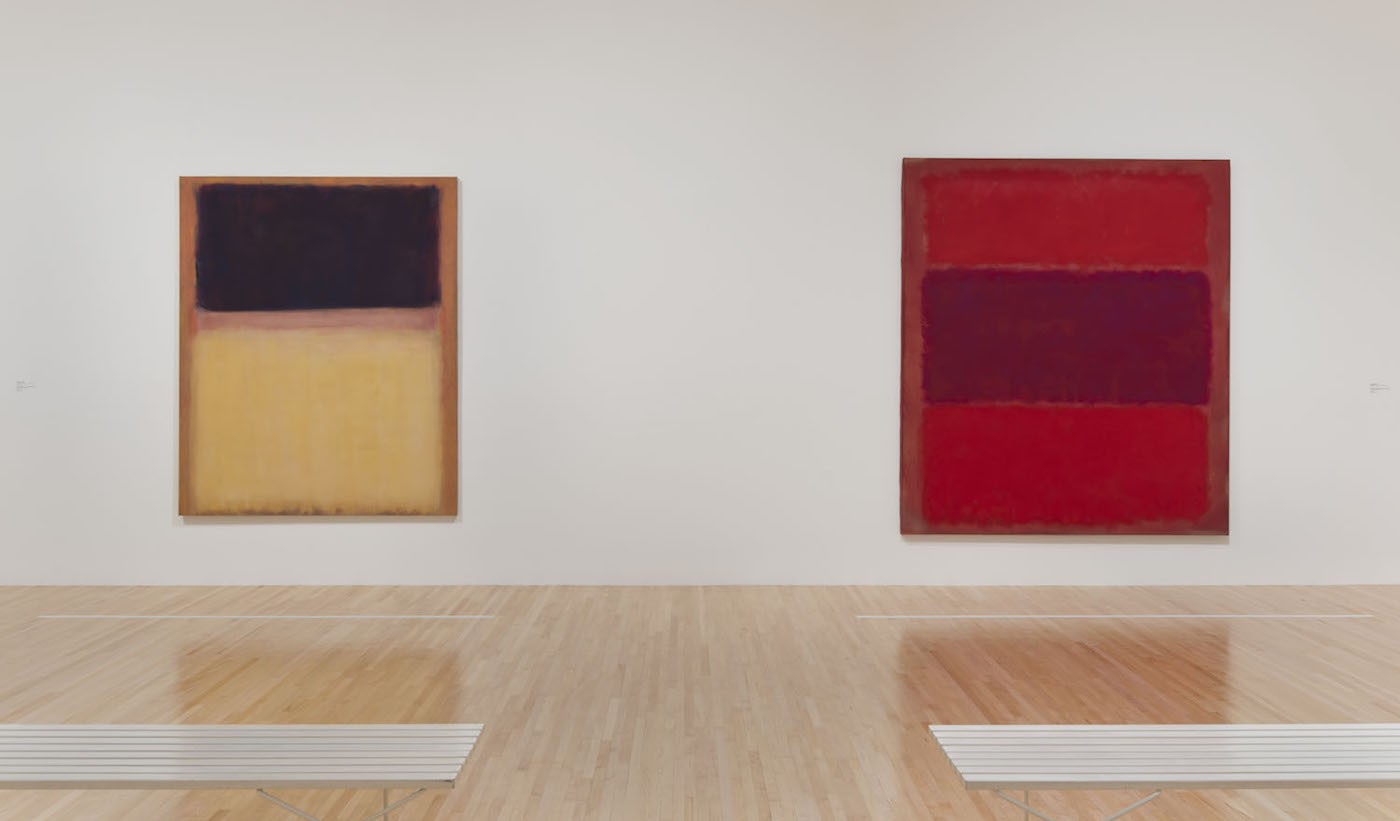
“I was never good at art,” recalled Rothko’s former student Gerald Phillips. “But he…made you feel that you were really producing something important, something good.”
Rothko believed that the main duty of an art teacher was to instil confidence in children. For this purpose, he organized exhibitions of works by his students in New York, including an exhibition of 150 works in the Brooklyn Museum. And when Rothko held his first solo exhibition at the Portland Museum of Art in 1933, he brought his students’ works and exhibited them next to his paintings.
Lesson 4: Introduce modern art to art history
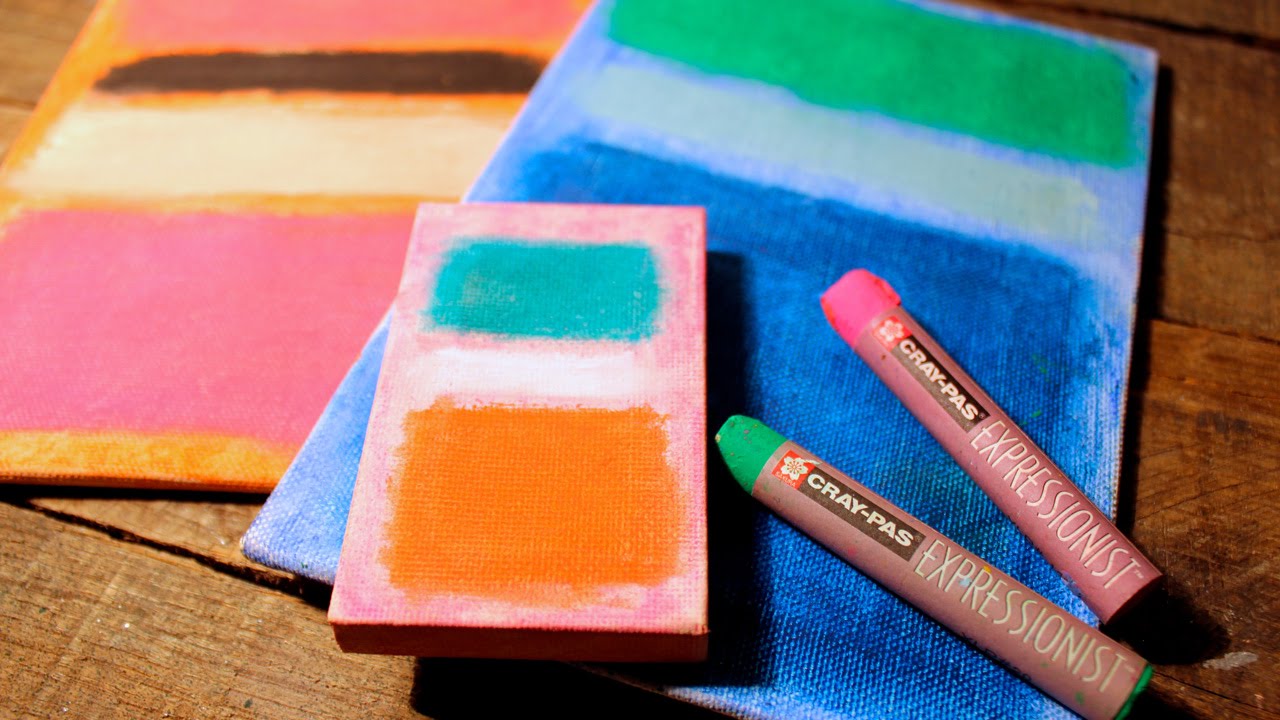
Famous artists of the XX century were looking for pure, personal forms of visual expression, free from technical standards of the past.
“Contemporary art was not littered with style and tradition like the old masters. That’s why it’s particularly useful … to be an interpreter to establish a relationship between a child and the flow of art,” explains Rothko.
However, the impact of contemporary art should not interfere with a child’s unique style. Rothko did not encourage imitation of museum works. “Very often children’s work is simply a primitive fulfillment of their teacher’s creative goals,” he warns.
Lesson 5: Educate creative thinkers, not professional artists
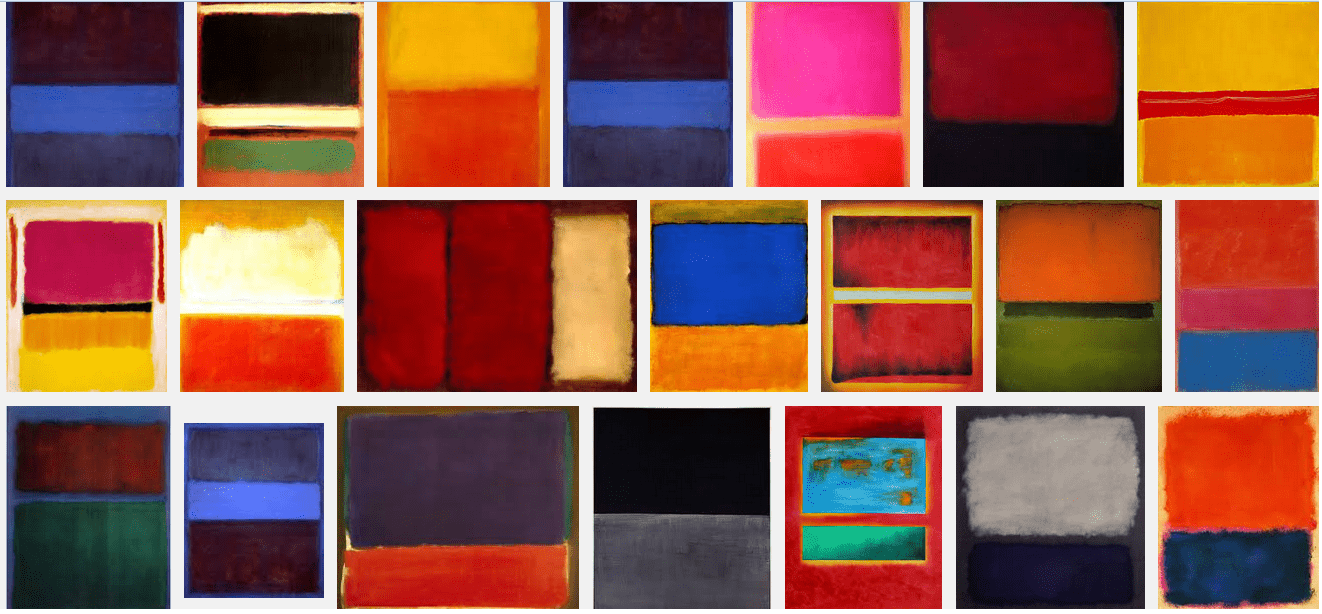
At the Brooklyn Jewish Center, the artist barely cared whether his students would pursue careers in the arts.
Instead, Rothko focused on instilling in his students a sense of deep appreciation for artistic expression. “Most of these children are likely to lose this imagination and cheerfulness as they grow up,” he wrote. “But some will go further. And there is hope that in their case, the experience of eight years in my class will not be forgotten. As for others, it is hoped that their experience will help them revive their early artistic joys in the work of others.






